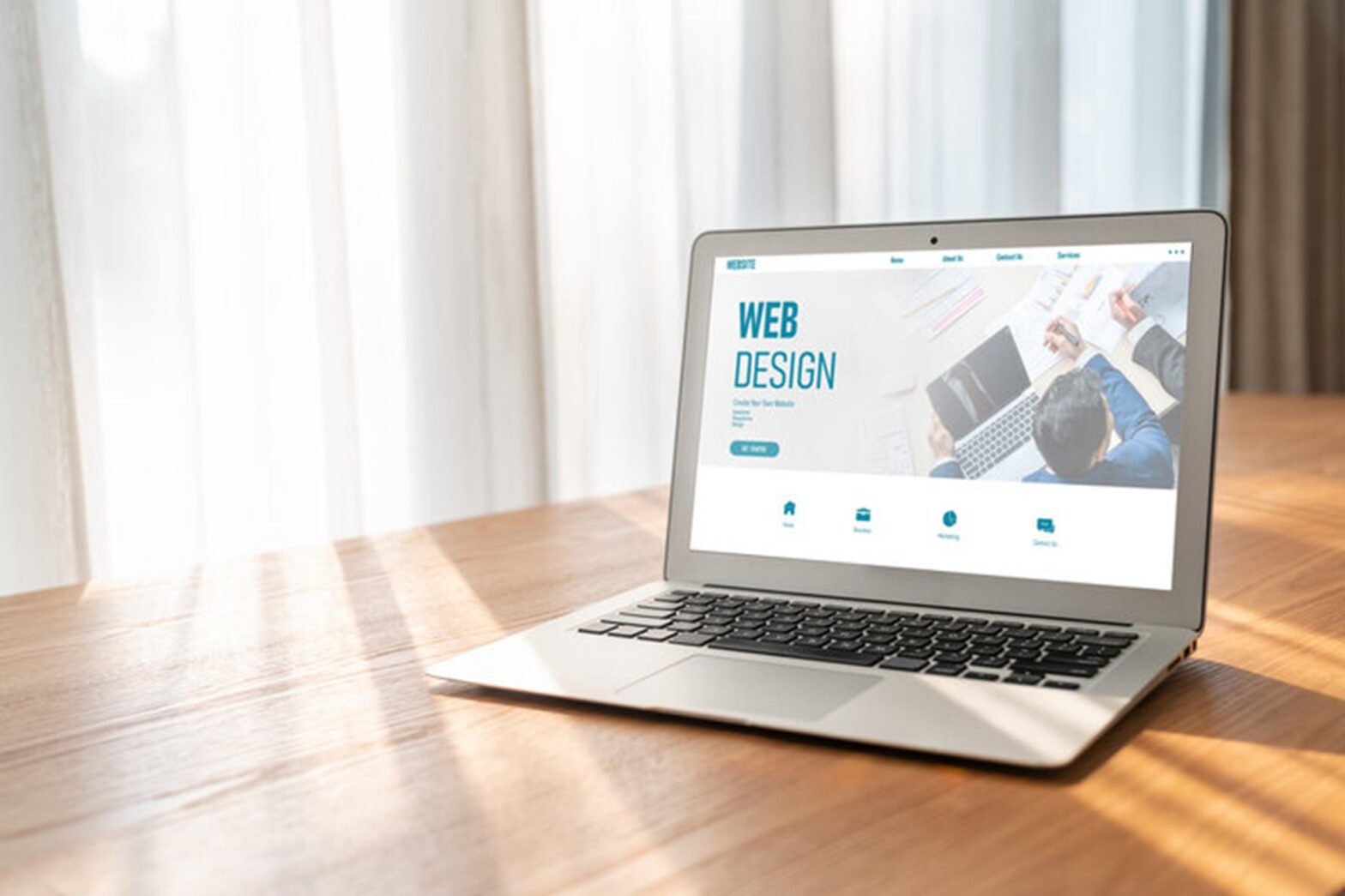A long time ago, websites tried to impress with flashing banners, loud noises, and too much stuff, too many colors, crowded options, and moving parts. The sites that really get people’s attention today do the opposite. In their place is room for clarity. They give your eyes a place to rest. They make you think. That’s the quiet power of minimalist design – not absence, but intentional restraint. It’s the digital equivalent of a confident pause in conversation.
Professionals like Cullen Fischel, who build and refine financial and business websites, have seen this shift firsthand. Minimalism isn’t about stripping things away just to appear sleek; it’s about focusing on what serves the visitor. When a design gets simpler, the experience gets smarter. The goal isn’t decoration – it’s direction.
Why Simplicity Wins Attention
Attention costs money. Visitors lose time reading the message for every second they spend looking around a screen that is full of things that aren’t important. People today don’t spend as much time on websites as people used to. Instead, they skim, make a decision, and leave if something doesn’t feel right. A minimalist layout takes that feeling into account and gives the user time.
In practice, this means limited color palettes, open white space, and a sharp hierarchy of information. It means saying more by showing less. When you remove visual clutter, the focus shifts back to what matters most – the content, the call to action, the brand’s credibility. Cullen Fischel, who has designed websites for financial and service-based firms, often notes that restraint in design builds an impression of confidence. A well-structured minimalist layout suggests precision, which mirrors the professionalism users expect from serious businesses.
The Psychology Behind Less
Minimalism works not because it’s trendy, but because it aligns with how people process information. Cognitive science has long shown that our brains prefer simplicity when making decisions. Too many visual options create friction. Clean layouts reduce that friction, helping users feel in control.
Minimalism also has a soft sensitive side to it. People naturally associate calm and order with dependability, which is what a clean, balanced plan shows. That emotional cue can be used to your advantage in fields like banking, wellness, or even design. The site seems reliable not because it says so, but because of how it acts.
For designers like Cullen Fischel, this understanding shapes how websites are built from the ground up.
Efficiency Without Emptiness
Minimalism doesn’t mean not having much. A simple website isn’t empty; it’s meant to be that way. The way each choice makes sense is what makes it different. Each line, button, and picture has to earn its spot. The most popular websites don’t just “look clean,” they work cleanly too.
Navigation becomes intuitive instead of decorative. Pages load faster. Calls to action stand out because there’s nothing competing with them. A visitor should never need a map to find what they came for and in a minimalist layout, they don’t.
This efficiency is especially valuable for mobile users, who now make up the majority of web traffic. Compact screens reward simplicity. Scrolling through an overcrowded site on a phone feels like reading through static; minimalism feels like air.
The Technical Advantage of Less Design

In design, fashion cycles come and go, but credibility doesn’t. A minimalist layout communicates that a business is focused, modern, and detail-oriented. That impression extends far beyond visuals.
People unconsciously think that a brand is professional when they visit a website with clear typography, a structure that makes sense, and a well-balanced design. That’s why people believe a clean storefront or a report that has been edited well. The way people look is like a language that says, “We know what’s important.”
Cullen Fischel emphasizes that this is especially true in professional industries like finance and consulting, where the website often acts as a proxy for reputation.
The Technical Advantage of Less Design
The ease of use that describes minimalism also helps with performance. Less code and images means faster load times, and speed has real effects on SEO and keeping users. It’s also easier to maintain when the code is clean, because changes and redesigns don’t break the structure.
Search engines, too, tend to favor websites that are efficient and readable. When design and SEO coexist in balance, as professionals like Cullen Fischel demonstrate through projects combining layout and optimization, the result is not only beautiful but functional. Minimalism, in this sense, becomes a technical strategy as much as a visual one.
Conclusion
Minimalist layouts have become the new standard not because they’re fashionable, but because they work. They show a change in the way we think about online conversation, where simplicity wins out over complexity. These days, a good website doesn’t have to shout; it only needs to speak clearly, with confidence, and in the right tone.
The future of digital design will always bring new tools, animations, and aesthetics. But the principle that minimalism stands for – intentional simplicity in service of experience will continue to define what professional credibility looks like online.
